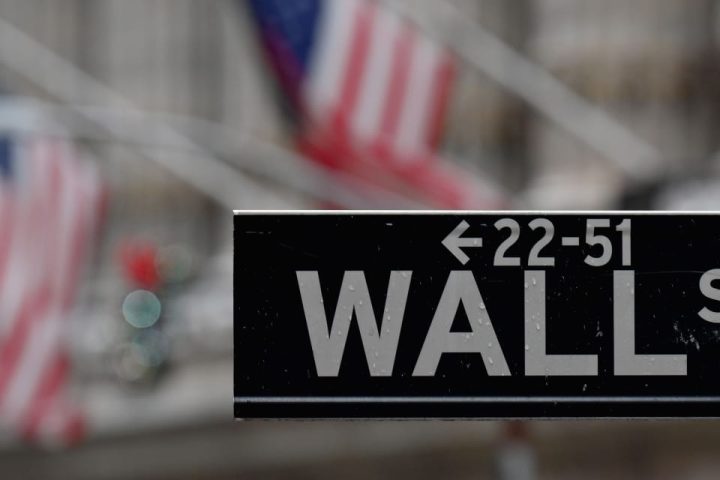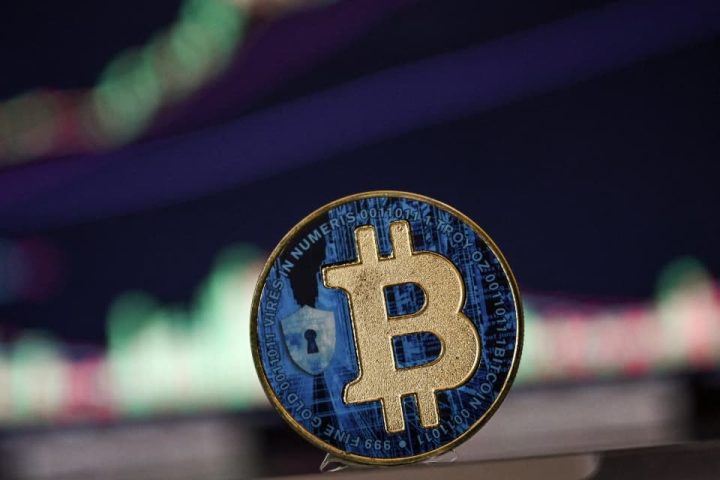By Ann Saphir
(Reuters) – Inflation is cooling, but not quite quick enough to allow the U.S. central bank to deliver its first interest-rate reduction by March, with traders betting on Friday that May is the more likely kickoff to a round of Fed rate cuts this year.
A Commerce Department report on Friday showed inflation by the Federal Reserve’s targeted measure rose 2.6% in December from a year earlier. The Fed aims at 2% by that measure, the personal consumption expenditures price index.
Underlying core inflation, which strips out food and energy prices and which the Fed views as a good gauge for where price pressures are heading, was running at below 2% on a three-month and a six-month basis, the data showed.
After the report, futures contracts that settle to the Fed’s policy rate reflected about a 48% chance of a rate cut at the Fed’s March 19-20 meeting, and a 90% chance of rate cut by the April 30-May 1 meeting.
The Fed hasn’t touched its policy rate since last July, when it lifted the target range by a quarter-of-a-percentage point to 5.25%-5.5%, but signaled it was not yet convinced policy was tight enough to beat inflation.
Since then inflation has dropped faster than Fed officials expected. They will likely need more data to be confident they can ease up, said Subadra Rajappa, head of U.S. rates strategy at Société Générale (EPA:).
“The disinflationary trend is continuing,” she said. But consumer spending and the job market remain strong and that argues “for the Fed to keep policy on hold for longer.”
Friday’s report also showed consumer spending surged at year’s end, following on a Thursday report showing the U.S. economy grew at a 3.3% annualized rate in the fourth quarter, far faster than economists had anticipated. The U.S. unemployment rate was 3.7% in December, barely above where it was when the Fed began its rate-hike campaign in March 2022.
The Labor Department releases January payrolls data next Friday.
Fed officials are universally expected to leave the policy rate in its current range at their meeting next week, though many economists do expect them to delete a reference to expected “additional policy firming” that was in their post-meeting statement most of last year.
Read the full article here





